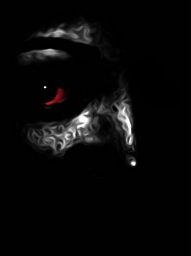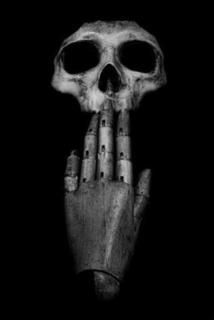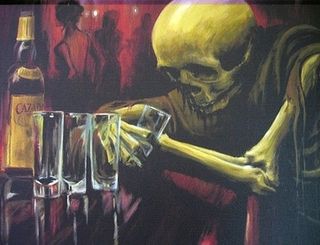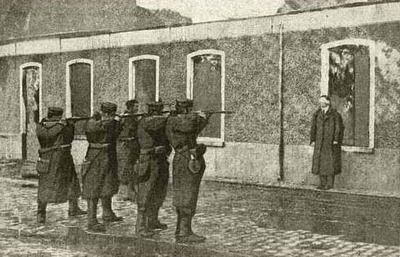
I have been an official witness for two executions in my State. One was a lethal injection and the second was the Electric Chair. What I can say is that it is a very sterilized, medical type procedure. I do not see how the executed person felt any type of physical pain other than the needle going in on the LI. The electrocution, according to all of my research is painless if done correctly. Obviously this is based on simple physics and what the human body can/cannot handle. The research I perused basically described it as too much juice through a circuit simply blows the fuse; end of discussion.
After having witnessed two, I can say that I am glad that I did. If you support something, you should be willing to see it through to the end, especially for me as the DP is the ultimate penalty in my field. It is so sterilized, however, so as to be boring and mundane although to watch the precision and efficiency by which the execution team performs is something to appreciate.
Would I do it again? Perhaps. I would like to witness a firing squad and the other methods used so that I could see all of them, but I seriously doubt that that will happen. I do believe though that the only sure pain that the subject feels is the severe anxiety/ apprehension adn sheer terror related to the fact that they know EXACTLY what is transpiring and the when and where of their demise. I rest peacefully in the fact that that has to be something horrible and frightening in their final living days as they get closer and closer to their date and hour.
Lethal injection is a fairly sterile, clinical-like procedure and the only pain the inmate really feels is the poke of the IV needles going into each arm. The biggest thing I suppose is the waiting. The inmate knows that he or she's going to buy the farm on that table in a matter of a few minutes and the anticipation of death has got to be overwhelming for not only the inmate, but the staff that is in the room and perhaps even for the witnesses that have gathered.
Wnen I say the electrocution was pretty sterile, I meant it wasn't pasty white and light blue with the gurney and such, but it was very controlled and almost clinical in its application. The condemned was also strapped into the chair so tightly that there was little motion otehr than an upward lurching, but nothing like that has been displayed by Hollywood like The Green Mile or anything like that. There was some residual smoke from the leg strap and a blister appeared where it was attached, but overall, it was very non-climatic, just like lethal injection.





